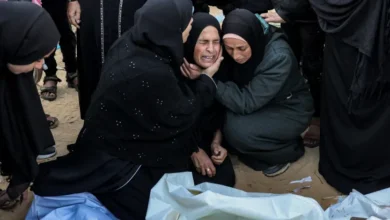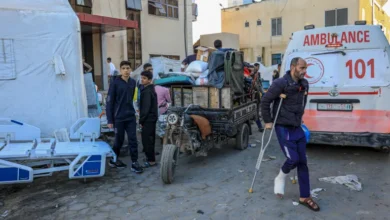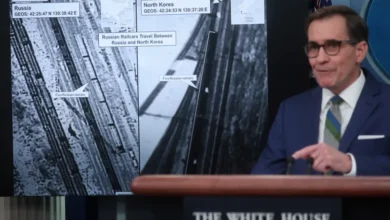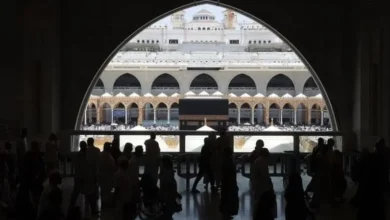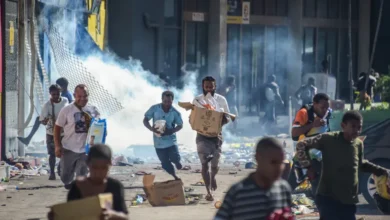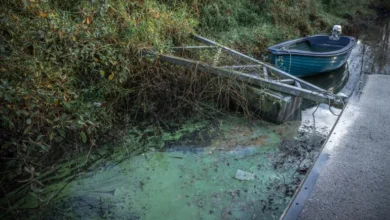Analysis: Is Istanbul ready for a major earthquake?
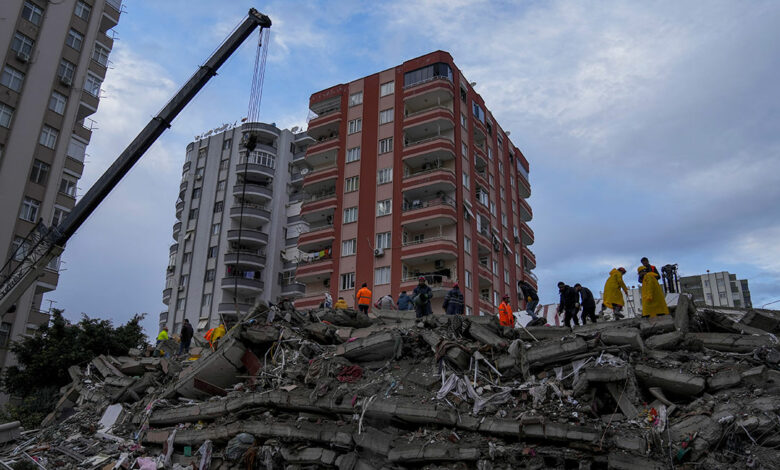
Turkey’s megacity Istanbul should start preparing now for a powerful earthquake that can strike anytime and mobilise all available resources to save lives and lesson the economic impact, experts say.
Scientists who talked to Al Jazeera said a major temblor is highly likely to strike Turkey’s largest city as the nation mourns the deaths of tens of thousands of people in the country’s southeast a week ago.
More than 31,000 people were killed and 80,000 others injured in the magnitude 7.8 and 7.6 earthquakes – centred in the city of Kahramanmaras – that happened only hours apart on February 6.
The twin tremors affected 10 provinces in Turkey and killed thousands of others in Syria, and the death toll continues to rise in both countries. Many victims are still trapped under collapsed buildings across the region.
The massive disaster raised the question of earthquake preparedness in Istanbul, Turkey’s business and tourism capital hosting some 16 million people. Scientists say the megalopolis is under imminent threat from a strong quake – perhaps multiple ones.
‘Tension on the line’
Sukru Ersoy, a professor of geology at Turkey’s Yildiz Technical University, said historical data of past earthquakes suggests that one on the fault line under the Marmara Sea is near.
“We know how much the North Anatolian Fault line moves every year through research. The movement of the fault line will lead to tension on the line that will cause the earthquake,” he told Al Jazeera, but added it is impossible to know exactly when it will take place.
Huseyin Alan, chairman of the Chamber of Geological Engineers, agreed: “A magnitude 7.0 or higher earthquake is expected in Istanbul according to the data we have.”
Ersoy explained: “The fault line under the Marmara Sea has the capacity to create two earthquakes stronger than magnitude 7.0 in one year. We saw this in the Kocaeli and Duzce earthquakes in 1999, as well as in other ones in the region in the past.”
A magnitude-7.6 earthquake hit the western part of Turkey’s Marmara region in August 1999 and killed 7,500 people. Another 7.2 hit nearby Duzce, killing 845 in November of that year.Turkey is located in a region that harbours several tectonic plates, and earthquakes are much more likely to happen around the borders between plates.
What can be done?
Istanbul produced 30.4 percent of Turkey’s gross domestic product in 2021, according to official data, making it the heart of economic activity in the country.
The megalopolis also hosts the country’s most vital production facilities that could deeply hurt Turkey’s industrial sector if they are damaged by a powerful temblor.
Ersoy said severe seismic activity affecting Istanbul and the rest of the country should be at the top of the agenda for authorities.
“[Preparing for] earthquakes should be the top project in both Istanbul and Turkey. We should start now, start fast and mobilise all the resources to prepare for an earthquake in Istanbul,” he said.
Meanwhile, Alan said Istanbul should put a comprehensive earthquake action plan in place, and crucial infrastructure should be bolstered to prepare the city’s government offices, hospitals, military bases, and fire department buildings so an emergency response is ready to roll out after a strong temblor strikes.
“In the earthquakes in southeastern Turkey, many state buildings collapsed including hospitals and emergency response units,” he said, noting that those facilities could thus not help with disaster relief.
“We saw what happened when air, road and railway infrastructure is damaged by earthquakes. The help cannot reach the region fast enough.”
Authorities must also accelerate Istanbul’s urban transformation “starting from the most vulnerable areas in the city to topographic effects”, Alan said.
“Most of Istanbul is on rock ground, so its ground is relatively better quality than most cities the recent earthquake affected in southeastern Turkey,” he said.
“However, the buildings in Istanbul that are around stream beds, on coasts, and on filled land should be prioritised in urban transformation, as well as the ones in areas with landslide risk,” Alan added.
The country’s construction rules were updated after the 1999 Marmara earthquake and the Turkish seismic design code was made better through new regulations.
In addition, the Turkish government launched a city transformation project to replace old buildings with new ones.
During last week’s quakes, some newly constructed buildings collapsed, confirming criticism that regulations were not implemented in a transparent manner.
Ersoy said corruption is high in the construction sector in Turkey, “and therefore there were abuses” in some of the building inspections.
High-rise, high risk
Istanbul has grown rapidly in the past few decades because of migration from other Turkish regions, mostly related to socioeconomic factors.
With land increasingly scarce, construction companies have started building high-rise housing to meet the demand for real estate.
“These high-rise buildings can be affected by the earthquake that is expected to take place under the Marmara Sea. But they also can be affected by quakes far away – such as in other regions – through surface waves because of their height,” said Ersoy.
According to data shared by Istanbul Mayor Ekrem Imamoglu, there are about 90,000 buildings at “high-risk status” from earthquakes out of some 1.2 million structures in the city.
Another 170,000 buildings are listed as “medium-risk status”, according to research by the Istanbul Metropolitan Municipality.
In last week’s disaster, says Murat Kurum, minister of environment, urbanisation and climate change, 24,921 buildings in the region “collapsed, urgently needed to be torn down, or received heavy damage”.
Ersoy said earthquakes can severely limit a nation’s economic development, and governments need to be ready to minimise their worst effects.
“When countries are harmed by earthquakes, their investment initiatives go to garbage and they cannot make progress – similar to a car’s wheels stuck in the mud,” he said. “Therefore we should be proactive and get prepared before earthquakes.”
